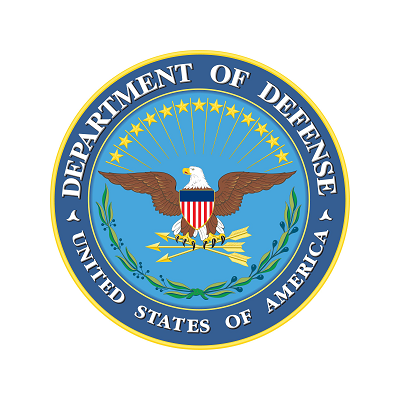MIL-STD 461 CE106
DEPARTMENT OF DEFENSE INTERFACE STANDARD MIL-STD 461 CE106 Conducted Emissions, Antenna Port This test procedure is used to verify that conducted emissions appearing at the antenna port of the EUT do not exceed specified requirements. Applicability This requirement is applicable from 10 kHz to 40 GHz for the antenna ports of transmitters, receivers, and amplifiers. The requirement is not applicable to equipment designed with antennas permanently mounted to the EUT. The transmit mode portion of this requirement is not applicable within the bandwidth of the EUT transmitted signal or within ±5 percent of the fundamental frequency, whichever is larger. For Navy shipboard applications with peak transmitter power greater than 1 kW, the 5% frequency exclusion will be increased by an additional 0.1% of the fundamental frequency for each dB above 1 kW of peak power. Frequency Exclusion = ± f * (0.05 + (0.001/dB) * (PtPk [dBm] - 60 [dBm])) Depending on the operating frequency range of the EUT, the start frequency of the test is as follows:
| EUT Operating Frequency Range | Start Frequency of Test |
| 10 kHz to 3 MHz | 10 kHz |
| 3 MHz to 300 MHz | 100 kHz |
| 300 MHz to 3 GHz | 1 MHz |
| 300 MHz to 3 GHz | 10 MHz |
- Receivers: 34 dBμV
- Transmitters and amplifiers (standby mode): 34 dBμV
- Transmitters and amplifiers (transmit mode): Harmonics, except the second and third, and all other spurious emissions shall be at least 80 dB down from the level at the fundamental. The second and third harmonics shall be suppressed to a level of -20 dBm or 80 dB below the fundamental, whichever requires less suppression. For Navy shipboard applications, the second and third harmonics will be suppressed to a level of -20 dBm and all other harmonics and spurious emissions shall be suppressed to -40 dBm, except if the duty cycle of the emissions are less than 0.2%, then the limit may be relaxed to 0 dBm.
- Measurement receiver
- Attenuators, 50 ohm
- Rejection networks
- Directional couplers
- Dummy loads, 50 ohm
- Signal generators. For amplifier testing, a signal generator is required to drive the amplifier that provides the modulation used in the intended application and that has spurious and harmonic outputs that are at least 6 dB below the applicable limit.
- Data recording device

